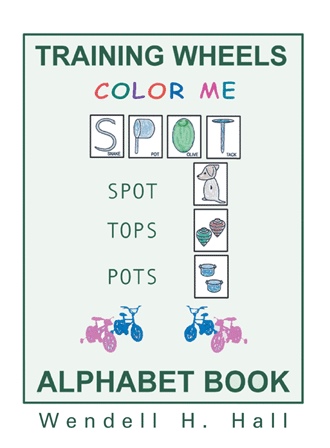English is a very difficult language to learn to read and write. The root of the problem is that our alphabet has only 26 letters and at least half that many more are required in order to represent all of our language’s phonemes or contrasting sets of sounds. This has given rise to all kinds of strange combinations of vowels and consonants, including silent letters and other unnecessary complications and confusions. A detailed study by Godfrey Dewey* demonstrates that instead of an ideal one to one grapheme-phoneme relationship of 40-40, we have 561 for 40.
A teacher or tutor cannot always be standing by to guide learners through the complexities of a spelling that has been thoroughly mixed up and messed up for centuries, nor is it feasible to expect children to memorize and apply rules that baffle, confuse, and turn off adults. Moreover, there are aggravating exceptions to every rule that can trip up the best of spellers. A totally wierd predicament, right? Or is that weird? So much for “I before E except after C.”
No one could climb on a bike put together from 26 parts functioning in 561 unpredictable ways and learn to ride it smoothly and effortlessly within a year or even ten years. Analogously, is it any wonder that approximately 30% of our high school graduates lack proficiency in reading and that an estimated 40,000,000 Americans above the age of 15 are functional illiterates, unable to read and fill out relatively simple job applications? Shouldn’t it mortify us to the very core to know that socalled third-world countries like Bolivia and Cuba are leaving us behind in terms of literacy, thanks mainly to the fact that Spanish has a nearly perfect spelling system? Can anyone doubt therefore that we urgently need to reform our English system?
So what do we do to help a little child learn to ride even a perfect bicycle? The answer is simple: We get some training wheels for them and then stay right at their side, lending instant support, encouragement and praise, steadying them as necessary, keeping them from falling or getting discouraged and doing our utmost to help them experience the thrill of going it alone as speedily and effectively as possible. As teachers, parents, tutors and other helpers, we fully share in their sense of achievement—along with a touch of pride—and make our feelings unambiguously known to them.
The Training Wheels Alphabet Book takes the embarrassing, scandalous mess of our centuries-old English spelling and makes it glide along as though it had only 26 simple, uncomplicated parts—one function per part. The only exceptions allowed are the digraphs ck, ff, ll, nn, tt and zz. Our traditional English spelling is so irregular that only by accepting a few relatively minor aberrations like this is it possible to put together more than a hundred or so coherent, only slightly irregularly-spelled words and sentences. The remaining bizarre, absurdly excessive letter-sound correspondences (561 minus 26) are introduced with The Look, Mom, No Hands! Alphabet Book and Easy Speedy Readers®.
The 26 letter-sound correspondences employed in The Training Wheels Alphabet Book are the most frequent ones. For example, the letter A stands for its sound in at rather than ate, above, or always; E represents that of met, not meet, meat or deceit; I is as in lit not light or kilo; O, tot not tote, toot, took or love; U, cut not cute or dude. The sound of S is always as in hiss, never his, sugar, pleasure, etc. The spellings psychology, schism, sword and such, naturally, are absent. Exceptions: ax, fox, etc., which really should have ks, but x remains to save a keystroke and for math. Any task as complex as learning to read, spell and write English should start with the known, simple and easy and lead only gradually to the unfamiliar, complex and difficult. To assure mastery, each step should be repeated several times and reviewed periodically. Memory aids should be employed to the fullest extent. Words and letters should be tied phonetically, denotatively, grammatically and visually by means of matching sounds, synonyms, antonyms, subjects-verbs, verbs-objects, adjectives-nouns, etc. plus numerous non-complex graphic representations.


